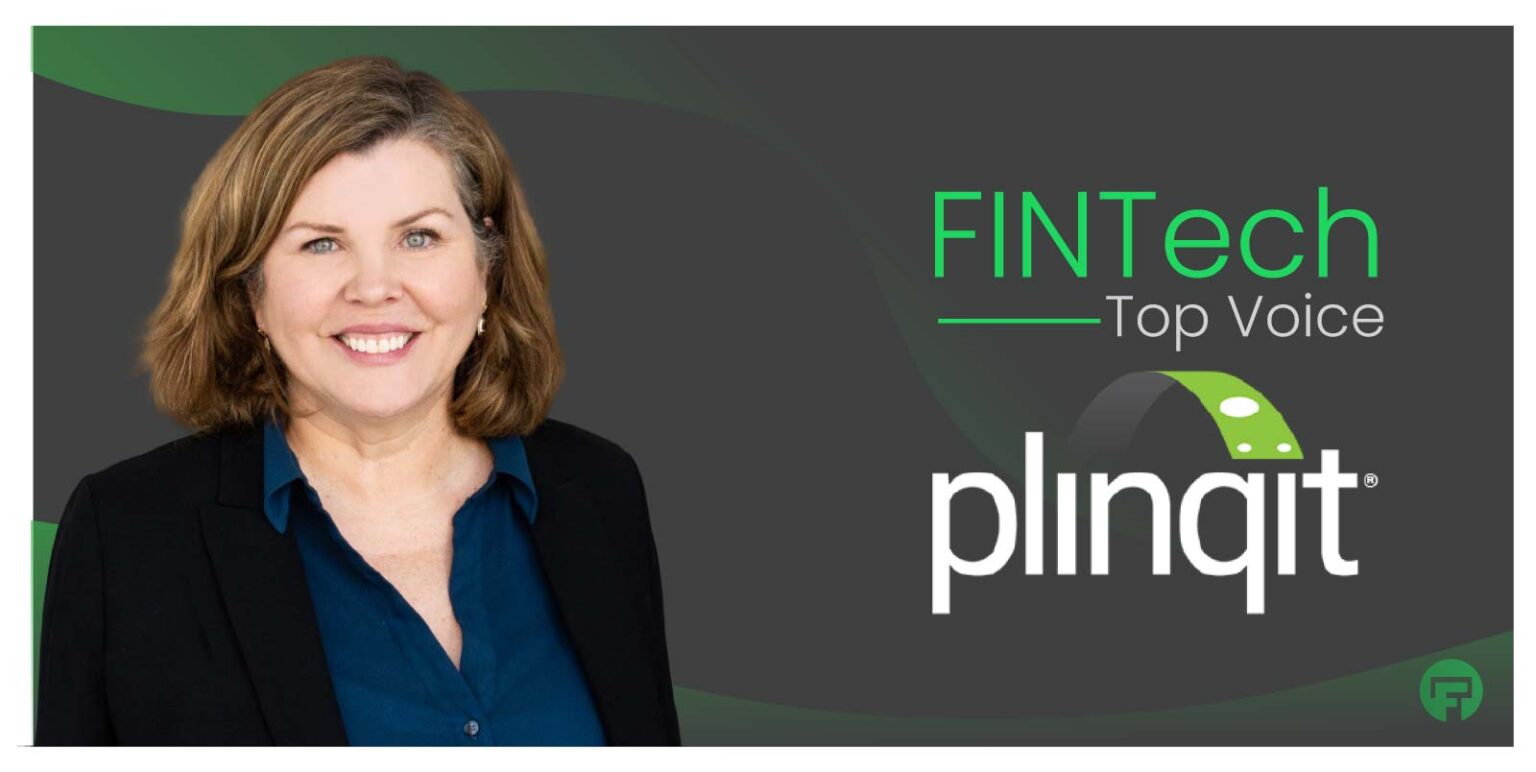
For today’s banker, fraud can often feel like a contagion – an ever-present threat waiting to strike your financial institution. But what if I told you that one of your best defenses against fraud lies not just in security systems, but in the integrity of your fintech partnerships?
When Promises Don’t Match Reality
I recently purchased a home, and one of the first warnings from both my real estate agent and mortgage broker was about the prevalence of fraud in the industry. As financial professionals, you live with this reality daily. The question isn’t if you’ll encounter fraud attempts, but how effectively you’ll prevent them.
Consider the typical fintech sales demo you’ve experienced. Representatives confidently assure you about security excellence, rapid implementation, and seamless integration with your brand. Handshakes – virtual or in-person – seal these promises.
But how often does reality match these assurances? The industry is rife with cautionary tales:
“We chose a digital platform that had ‘everything’ a year ago so we could grow beyond savings. A year in, we’ve only launched savings and have less than $100K in deposits.”
-or-
“We spent millions trying to launch a full digital platform and never even got it out the door.”
The consequences extend far beyond wasted budgets. Your deposit operations team becomes overwhelmed handling fraudulent activities through manual processes. Your call center staff grows overworked, addressing issues stemming from poorly implemented systems. Your strategic initiatives stall while you troubleshoot integration problems that were never supposed to exist.
The Case for Transparency
Financial institutions deserve honesty from their technology partners. As Captain David Marquet wisely noted during the Association for Financial Technology Spring Summit, “Trust doesn’t mean you’re right. It means you’re trying to be right.”
True partners acknowledge limitations, communicate challenges openly, and collaborate on realistic solutions. They don’t overpromise to win your business.
When evaluating potential partners, beware of false equivalencies. You’re not comparing apples to oranges; you’re comparing exaggerated claims against honest assessments. The vendor with the most impressive demo isn’t necessarily the one that will deliver the best results.
Consider high-yield savings account platforms as an example. While the industry struggles with rampant fraud in digital account opening, platforms focusing on high-yield savings see dramatically lower fraud rates. Why? These accounts attract a different clientele – individuals with long-term financial goals who are more selective and committed. This results in fewer fraudulent accounts, greater longevity, and a more stable deposit base.
For example, High Yield Savings by Plinqit sees less than one-tenth of one percent (approximately 0.0005%) fraud activity, resulting in just $499 in losses on $98 million in deposits. These numbers aren’t achieved through revolutionary security technology alone, but through a business model that naturally manages risk through its structure and target audience.
So, what’s a financial institution to do?
Here are four essential strategies.
- Trust peer experience over references.
Don’t rely solely on vendor-provided references. These curated contacts will naturally emphasize positive experiences. Instead, leverage your professional network. Connect with colleagues at similar institutions who have worked with the vendor. Ask about their unfiltered experiences – implementation timelines, unexpected challenges, and ongoing support quality. - Establish clear success criteria.
Before any vendor discussion, define what success looks like for your institution. Are you focused on account opening rates? Average deposit size? User engagement metrics? Having predefined benchmarks prevents being swayed by impressive but irrelevant capabilities during sales presentations. - Implement acceptance testing.
Create specific, measurable tests that any solution must pass before full implementation. This might include security stress tests, user experience evaluations, or integration assessments with existing systems. Document these requirements and make them part of your vendor contract to ensure accountability. - Ask the tough questions.
During vendor evaluations, push beyond prepared demonstrations with questions like:- What’s your average implementation timeline across all clients (not just successful ones)?
- What percentage of your implementations miss their original timeline targets?
- Can you provide specific fraud statistics for institutions similar to ours?
- What’s your worst implementation story, and what did you learn from it?
- How do you handle security breaches when they occur?
Integrity as Fraud Prevention
The most effective fraud prevention doesn’t begin with sophisticated algorithms or cutting-edge security protocols – it starts with choosing partners who demonstrate integrity through transparent communication and realistic expectations.
The correlation between fraud rates and ill-fitting partnerships isn’t coincidental. When financial institutions rush into relationships with vendors who overpromise and underdeliver, they create vulnerabilities throughout their operations. Staff become stretched thin by addressing implementation issues rather than focusing on security. Processes become fragmented as workarounds emerge. Customer experience suffers, leading to increased service calls and dissatisfaction.
By prioritizing honesty in your vendor relationships, you’re not just protecting your budget – you’re creating a foundation for genuine fraud prevention across your organization. The right partner doesn’t just sell you a solution, they collaborate with you to address the unique fraud challenges your institution faces.
In an industry where trust is currency, integrity isn’t just an ethical stance. It’s your strongest defense against becoming another cautionary tale.







